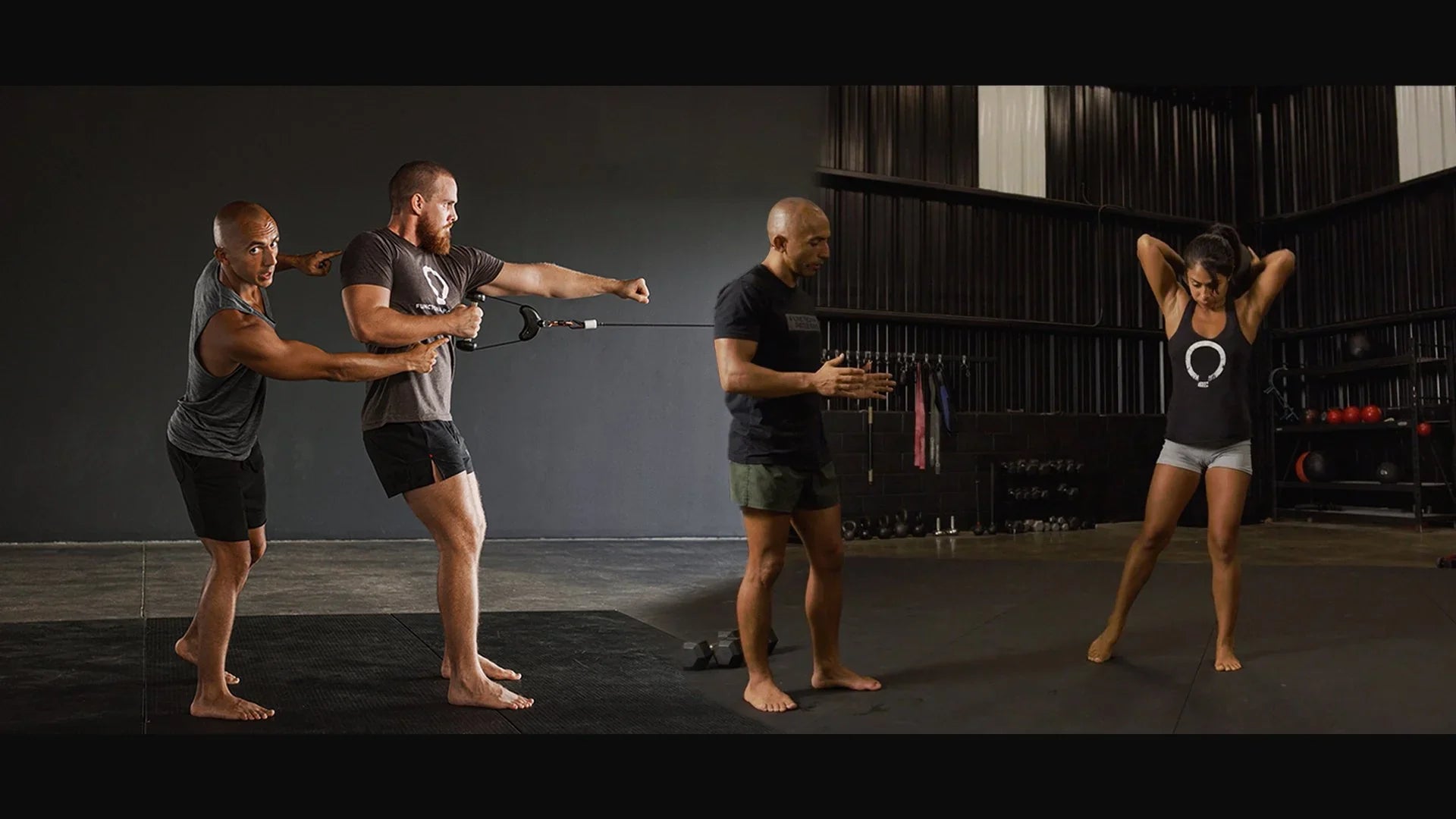Many people battling chronic pain are, paradoxically, some of the most active. From group workouts to solo training regimens, they often push through discomfort in search of relief. They lean on movement as their medicine: Does this sound like? But not all movement is created equal. And in many cases, more movement will be getting in the way of healing.
At Functional Patterns, we’ve seen this pattern play out time and again: people locked in pain cycles because they’re unknowingly reinforcing dysfunctional movement patterns. That’s why we often begin with something that sounds counterintuitive to most—our Movement Elimination Protocol.
The Hidden Layers Behind “Feeling Better”
When someone experiences a temporary reduction in pain after a workout, it’s easy to believe that exercise is the solution. But in many cases, that relief is driven by endorphin release, not structural correction or improvement. Endorphins are powerful painkillers. According to a study published in CNS & Neurological Disorders - Drug Targets (2008), endorphins released during exercise can significantly reduce the perception of pain by binding to opioid receptors in the brain. When this binding occurs, it functions similarly to morphine, but produced naturally in the body.

That same workout may also provide a sense of camaraderie, escape, or stress relief. None of these are inherently bad. But they can serve as coping mechanisms that cloud awareness of what’s really going on in the body. In these cases, movement becomes a form of escapism and not a long-term strategy for regeneration.
Why We Eliminate Movement First
The goal of the Movement Elimination Protocol is to create a baseline, or a state where the body isn’t being constantly stimulated by compensatory exercises. By stripping away the noise, clients begin to feel what’s really going on. Sometimes pain gets quieter. Other times, it gets louder, no longer masked by a flood of endorphins or the distraction of activity.
This isn’t meditation in the conventional sense, but many report a similar outcome: calm focus, improved body awareness, and a deeper understanding of how they respond to their environment both physically and emotionally.
As research from Harvard Medical School has shown, spending time in parasympathetic states (associated with rest, digestion, and recovery) improves emotional regulation, reduces inflammation, and promotes physical repair. Getting into this state becomes significantly easier when you’re not constantly in motion or overstimulating your nervous system.
Recovery Is a Skill, Not a Passive State
So what should someone do while cutting down on movement?

- Work on removing caffeine, alcohol, and any other substance-dependencies
- Spend time in the sun
- Learn to cook nutrient-dense meals
- Read Tyranny of Words, Why Zebras Don't Get Ulcers, and/or Sapiens
- Still in pain? Practice some MFR techniques at-home
- Or our favorite: do absolutely nothing
That’s right. Sit or lie down without your phone, without a screen, without an agenda. Ideally, do this outside or near nature. But even a quiet room will do. The objective is to stop the cycle of constant stimulation and reconnect with your body.
This practice helps you become aware of what triggers tension, pain, or fatigue. Not just physically, but emotionally too. You’ll start to recognize how your body reacts to stress in all areas of life.
Parasympathetic Power and Pain Prevention
Ultimately, the more efficiently you can shift into a parasympathetic state, the more adaptable your nervous system becomes. And the calmer your internal focus, the more capable you are of responding, not reacting, to your environment.
Whether it’s how you move through space, how you handle conflict, or how you recover from setbacks, your structural integrity influences your mental resilience.

We believe that when you build trust in your physical structure, you naturally build fortitude in your mind. But before you can do that, you need to learn how to be ok with not constantly moving around. Take stillness seriously and see how this will help you create a deeper relationship with your body, allowing you to take the next step with your Functional Patterns training.

Watch our video on the Movement Elimination Protocol for a more in-depth approach to this practice.







